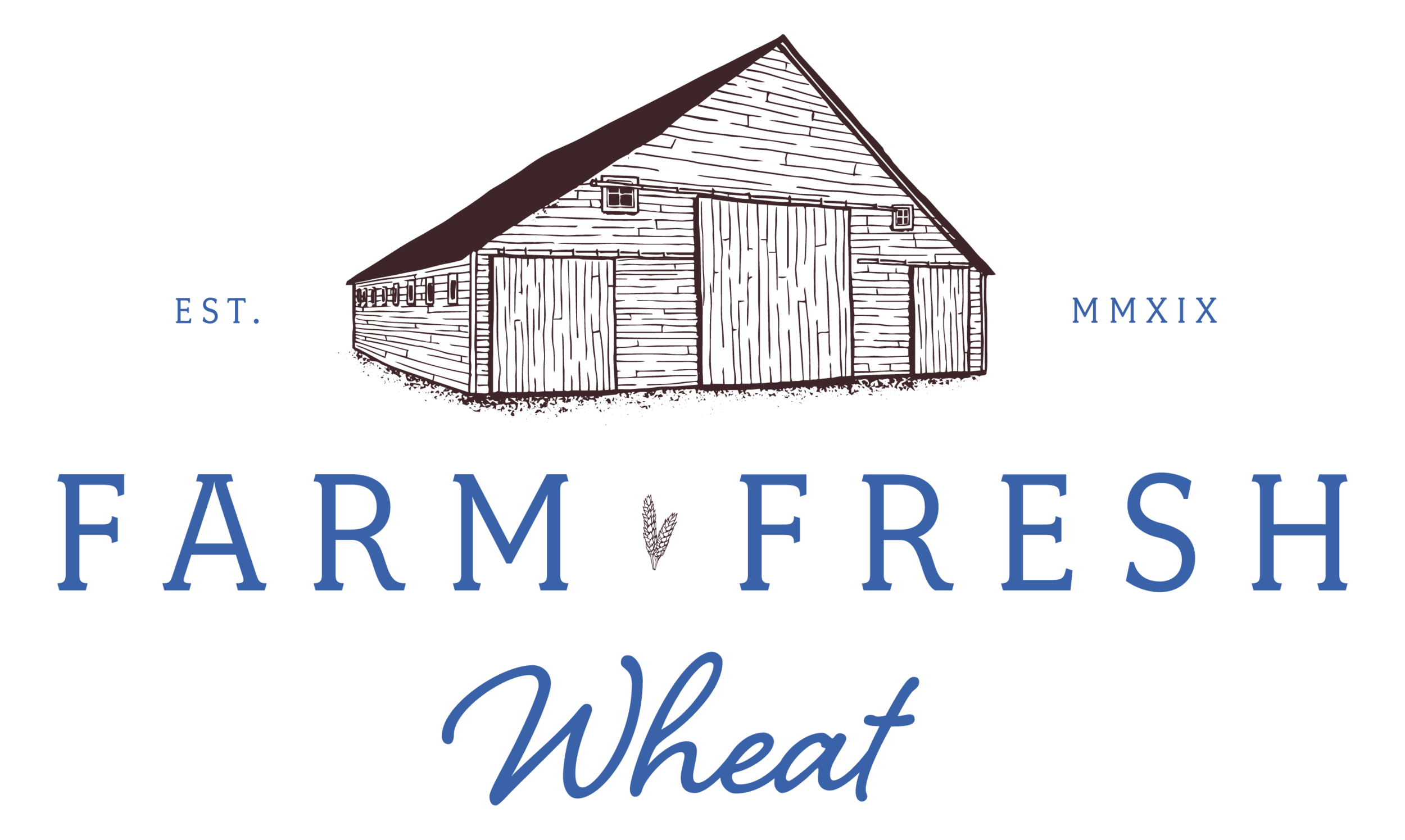New to Milling Challenge: Using Your Mill
Hi Friend,
A grain mill, while intimidating at first, is a very user-friendly kitchen appliance.
Today is the day! Today we are going to unbox our mills and use them.
Don’t worry… if you have been following along with our New to Milling Challenge, you are ready to take the next step. So, get your supplies and recipes on your counter because it is time to get started.
Step 1: Prepping Your Mill
First, we need to prep our mills for their first use.
Carefully, unbox your mill and remove plastic and cardboard.
Review your owner’s manual, paying close attention to any assembly instruction, restrictions on what grains/seeds can be ground in your mill, and special cleaning instructions (especially if you have a wood mill).
Assemble your mill. Some mills are more straightforward to assemble than others. Here are a couple of video links to popular mills.
Step 2: Clean Your Mill
Second, we need to clean our mill prior to first use. For this we will use long grain rice.
Plug in your mill and turn it on (if you are milling directly into a bowl, make sure its under the spout).
Adjust it to the coarsest setting. The setting is mill dependent. Komo says coarsest (on a Komo, turn your hopper to the right). See your owner’s manual for your mill’s recommendation.
Pour about 2 handfuls of rice into the hopper
Once it is finished grinding the rice (you won’t be able to hear grain grinding anymore), turn off your mill and discard the rice flour.
Step 3: Mill Your Grains
Are you still with me?
Now you are ready to mill flour for your first recipe. The wheat berry type you choose depends on your recipe (remember, hard wheat for yeast and soft wheat for baking soda/powder). I will show you using my Komo Classic mill.
1.. Plug in and turn on your mill.
Remember, make sure your bowl is under the spout if needed.
2. Adjust your coarseness (milling on the fineness setting works best for most recipes).
On a Komo Mill, you turn the whole hopper to the left for finer grind, or to the right for a coarser grind. The dots are not the only settings, you can turn pass “Fein” and “Grob” for even finer or coarser grinds.
3. Pour wheat berries into your hopper.
Pour wheat berries in, and fresh flour immediately pours out the spout.
And you have fresh flour! See, it’s easy as 1-2-3. Here’s a few how-to videos for popular mill types:
Kitchenaid Grain Mill Attachment
Variety of Komo Mills (always turn you mill on before adding your grains!)
Helpful Tips and Tricks:
An example of rock, chaff, and unthrashed grain. Rocks need to be removed, but honestly, 99.9999% of rocks should sort out when the farmer cleans the grain.
Always check your new supply of grains for any rock or debris that can ruin your stone. Chaff or unthrashed grain is fine, but you don’t want a bunch of it, a few here and there are okay. Once you know your farmer has reliably clean grain, you will be able to skip this step.
Always turn your mill on before pouring wheat into the hopper. This keeps you from accidentally plugging up your mill.
Let your mill run until you don’t hear anything in the stones or plates. Turning it off before it’s completely finished will gum up your stones.
On a Komo Mill, for your finest setting, turn the hopper left while it is running until you hear the stones grind (it’s a horrible sound), then turn it back to the right one click (you shouldn’t hear the stones grind anymore).
When you feel like your mill needs to be cleaned, run rice through it like we did earlier.
Keep your mill dry. If you need to wipe it down, use a dry or barely damp rag then dry it right away. Never use water on the inside.
What next?
First, leave us a comment below and let us know what recipe you are going to bake first.
Second, it’s time to start baking. Follow your recipe. It may not turn out pretty, but that’s okay. Even your mistakes will taste good. And the important thing is you’re getting started.
I’ll be sharing more tips and tricks on how to get better freshly-milled flour baked goods, so if you’re not on our email list, be sure to sign up below.
Happy Milling!
The Sieverkropps




